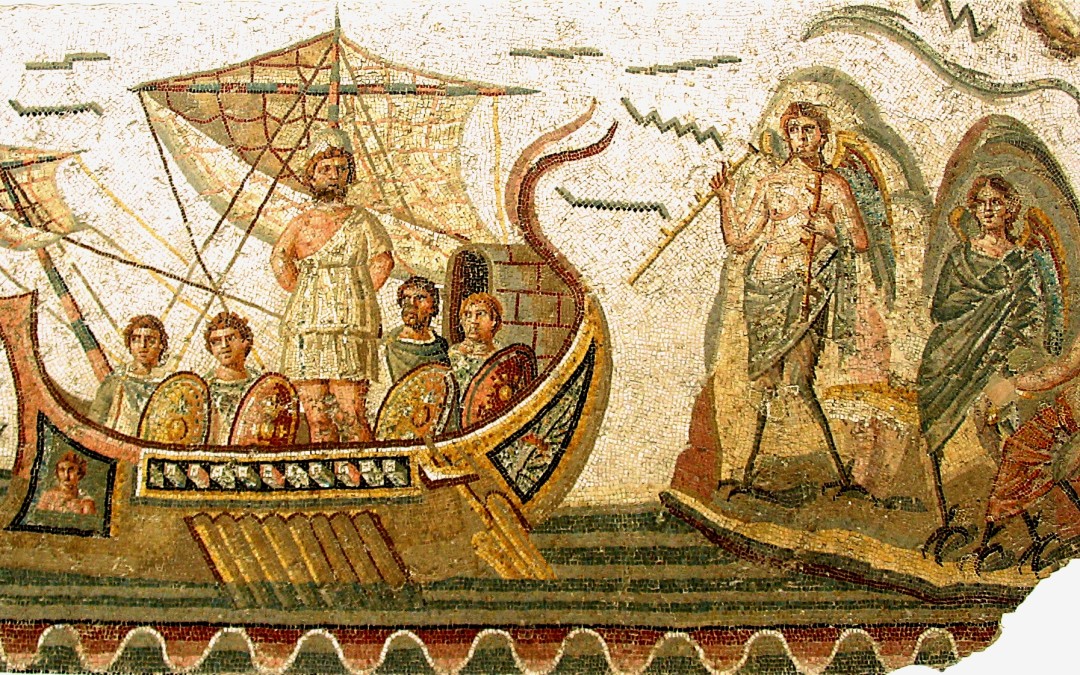
by andre | Feb 26, 2015 | Daily Change |
Over these last eight days, I’ve been waking up in front of my fridge wondering what I’m doing there. It’s not as dramatic as Tyler Durden’s experience in Fight club where “I nod off, I wake up in strange places, I have no idea how I got there”. But, I am finding myself all of a sudden standing in front of an open fridge and staring into it; briefly daydreaming about its contents and then waking up to the futility of it all: I can’t eat it; I’m on rice and beans for another 17 days. While I now catch myself every time I open the fridge (at least I hope so), what I’m really waking up to is my food habit loop. This is, according to Charles Duhigg, author of the bestselling book The Power of Habit, a “process within our brains that is a three-step loop. First, there is a cue, a trigger that tells your brain to go into automatic mode and which habit to use. Then there is the routine, which can be physical or mental or emotional. Finally, there is a reward, which helps your brain figure out if this particular loop is worth remembering for the future: THE HABIT LOOP”. Mark Miller is another Advocate during this round. He is a professional addiction counselor and therefore much better equipped than I am to talk about food addiction and so forth (and he will later on), but my unconscious habits and routines of going to the fridge keep bringing me back to the ideas of sleep, sirens tempting me to that refrigerated rock, and the change...

by andre | Feb 25, 2015 | Daily Change |
Brainfood or food for thought? ‘Brain food’ is food believed to be beneficial to the brain, especially in increasing intellectual power. What happens when you have no food to eat at all, or eat just enough food to keep you moving? Remember that time you skipped breakfast and went to work? Or that time you were just in the flow of work and forgot to eat lunch or dinner? Do you remember how drained you felt, how hard it was to concentrate, or how irritable you became? We all know that eating right can improve brain function, memory, and concentration, but you refused to allow your hunger to stand in between you and the tasks at hand. You also knew there would be another meal, perhaps a victory meal that was likely one of your choice. Maybe that victory meal served as a reward for toughing out your hunger and showing some self-sacrifice. Living with hunger and malnutrition does not have the luxury of reward meals. Throughout the globe, people receiving meal support from agencies like the World Food Programme (WFP) face a sobering reality that consists of consuming ~1500 calories per day to walk, play and most importantly learn. The brain is a primary destination of nutrients absorbed from digested food, so food directly impacts a child’s brain growth, function, memory, and concentration. At day 7 of my 25 day advocacy for school-aged kids facing hunger, I feel uneasy not knowing whether I can eat tomorrow. I feel the tension in my shoulders grow and the knot in my stomach tighten when I face missing meals. Despite having the certainty of eventually eating again, I have come to...

by andre | Feb 24, 2015 | Daily Change |
As a person who attended seminary and worked as a pastor in churches and other faith-based non-profits for most of my career, it came as a surprise to the majority of people I knew that I wanted 25 in Change to partner with the World Food Programme instead of a Christian hunger relief organization. What I heard most often was that the WFP only feeds children (which isn’t the case), but doesn’t share the gospel with them (also not the case). They argued that we should just choose one that does both, so we get the most bang for our buck. But the truth is that the gospel has nothing do with bangs or bucks, so those seem fairly irrelevant metrics of success. My elevator pitch for why we choose the WFP is simple: The World Food Programme is the most cost-effective hunger relief organization in the world. They are the best-funded, with the most people on the ground in countries in dire straits, with the most educated and talented administration, and they have the best logistics for tackling malnutrition around the globe. Their nearest competition is a distant second place. These are great reasons for choosing them, but an even more important reason is that food should never be used as a method of coercion whether for political, personal, or ecclesial gain. Do the hungry really hear the gospel when they are choosing between becoming Christians or starving? Ghandi once said “There are people in the world so hungry, that God cannot appear to them except in the form of bread.” The gospel is much more than just...

by andre | Feb 22, 2015 | Stories |
In the movie The Matrix, there is a scene which has them eating a meal that has all the essential amino acids necessary, but it doesn’t look to appetizing. Here is a clip of the scene. Unlike, the members of the Nebuchadnezzar ship in the Matrix, I had an experience five years ago where I was eating food that DIDNT have everything the body needs. When I was prototyping 25 in Change in 2011, before we ever started it, and prior to having a healthy support network in place to make sure I didn’t hurt myself in my first few attempts at Advocacy, I had a brief and mildly painful nutrient deficiency sneak up on me. I was loosely trying out a combination of WFP recipes provided to students around the world, and making various meals of rice, beans, corn, and soy. For seasoning I used the higher quality Kosher Sea Salt to plain Iodized Salt (because I’m cool like that). Sometime during the month, I began having a soar throat that was slowly turning into a soar neck and lasting much longer than a sore neck and throat usually last for me. On one of the nights as I was trying to fall asleep, the throbbing pain in my neck just wouldn’t let me fall asleep—all of a sudden, I had a revelation; perhaps just common sense, and I realized that I was suffering from Iodine deficiency. The fancy Kosher Sea salt hadn’t been iodized like the cheap stuff, and now I was paying the price. I was in the slow process and very early stages of developing a debilitating...
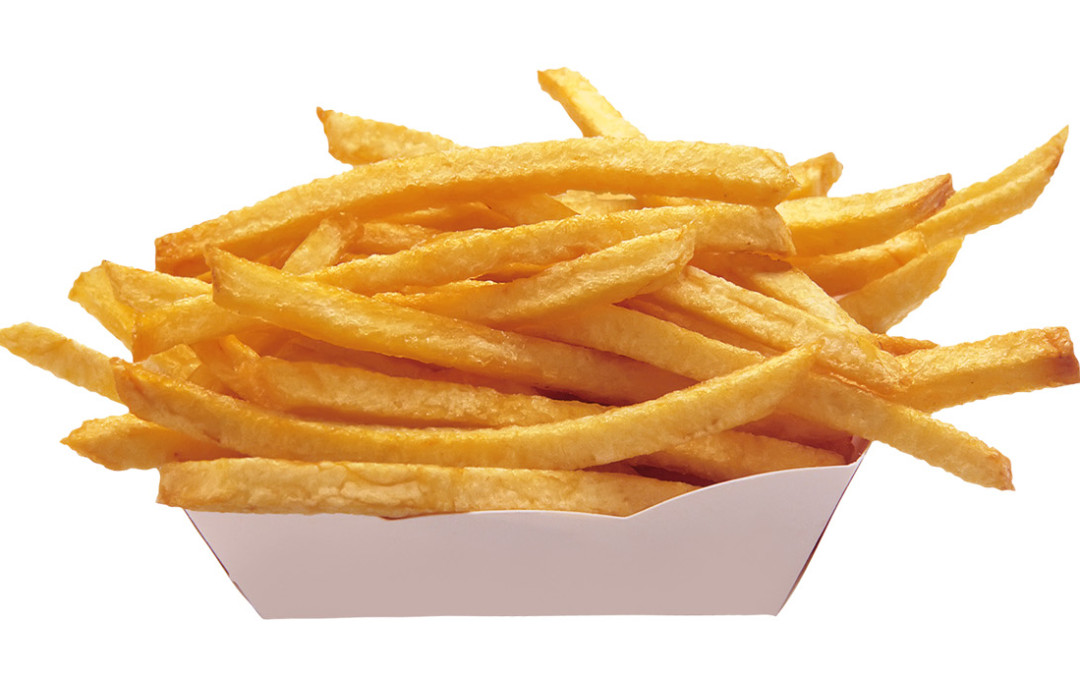
by andre | Feb 21, 2015 | Stories |
“More? More?” was the tiny voice from the car seat in back, then in later years “Can I have a french fry?” This was one of the earliest phrases that our toddler boys learned, and they said it every time after we were handed a bag of food from a drive-through window. Now they’re old enough to ask, “Why don’t we go to the playland restaurant any more?” Fast food has been attacked, defended, abandoned, and embraced for years. With it’s mixture of delicious tastes, convenient and inexpensive options, and heavy marketing, it has grown to a $140 billion per year industry…that’s just over $1 per American per day all year long. Convenience foods began to appear in the early 1900’s. After the First World War, they became more common in grocery stores and homes. Taste, texture, and freshness all changed, but our collective palate changed to accommodate the convenient choices. World War Two and women joining the workforce in large numbers allowed for a rapid expansion of convenience foods and the modern day fast food restaurant. “By the 1960s, cooking with food in its raw, natural state was little more than a quaint novelty and was in fact becoming a lost art…For the majority, convenience remained the hallmark of modern food and nutrition. Throughout the remainder of the 20th century, convenience foods continued to gain in popularity, and “fast food”—the ultimate convenience food—joined the revolution. Fast-food chains reached from coast to coast and then around the world, from Boston to Bahrain. The mass of consumers had by now largely lost the connection between food and nutrition, and few...
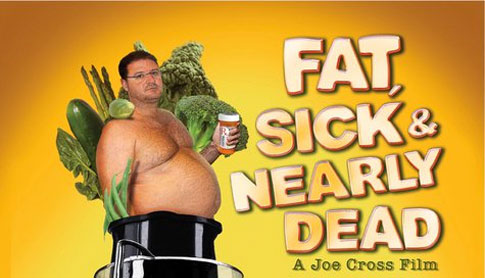
by andre | Feb 20, 2015 | Daily Change |
I’m a family physician at a community health center and I see this every day. Almost all of my patients are overweight, and half of them are obese. They come to me with diabetes, high blood pressure, heart disease, out of shape and out of breath, severe swelling in their feet and legs, skin ulcers from inactivity, and significant pain from their spine through their feet due to carrying the weight of a whole extra person around with them all the time, and the degenerative arthritis that comes from that. They suffer from poor self esteem, hopelessness, and frustration with not being able to do the things they want to do…go fishing with their friends, play with their kids at the park, walk around the grocery store without sitting down. They suffer physically and emotionally and feel excluded from life and powerless to change. It doesn’t have to be this way. Let’s take a brief intermission for facts, because blogs without externally verifiable facts should be viewed with suspicion. Then continue below: > The World Health Organization defines obesity as “a condition of abnormal or excessive fat accumulation in adipose tissue, to the extent that health may be impaired” (WHO, 1998). > 300,000 Americans die each year from obesity-related causes. > This is not just a problem in America or the rich countries of the world. The Food and Agriculture Organization (FAO) wrote on “The developing world’s new burden: obesity” (https://www.fao.org/focus/e/obesity/obes2.htm) Here’s one of the best documentaries I’ve seen on the topic: Or you click here to watch a 9:00 minute summary of why a hunger advocacy organization...

by andre | Feb 19, 2015 | Daily Change |
At dinner just 48 hours ago, my principal concern was whether to order the “Mongolian BBQ Duck Buns”, “Devils on Horseback”, or “Scallops a la Plancha”, at Linger. We ordered all three of course, with “Caramel Crème Brûlée” to boot. Today, on day two of my advocacy with “25 in Change”, I stare into a small red cup filled with garbanzo beans, brown rice, a bit of vegetable oil, and a pinch of salt. And with every bite, I meditate on what I couldn’t see before, on hearing what I couldn’t before, and certainly on feeling what I couldn’t feel before. How am I to feel, knowing that some 805 million (about one in nine) people in the world don’t have enough food to lead a healthy active life? Or, that poor nutrition causes nearly half of deaths in children under five – 3.1 million children each year? It’s numbing to consider that our global state of malnutrition kills more people than war, natural disasters, murder, AIDS, TB, and malaria, combined. Global hunger in a world of food perpetuates a double injustice: it robs hungry people of food, and leaves those of us who have it (in our inability to understand how people are starving to death when Mongolian BBQ Duck Buns are so easy to obtain) with a paralysis to act. The injustice paralyzes all of us, like deer caught in headlights – The driver being surprised by the deer, not knowing what to do, and the deer watching bright lights approach, unaware of the rapidly impending collision. If only the Snickers’ “Hungry?” commercial worked both ways in this food injustice, that I could go...

by andre | Feb 18, 2015 | Daily Change |
My dogs had chew toys, and when they didn’t, they found other things to chew on. Chairs in the living room, the kids’ toys, clothes, blankets, and even their own dog house. We gave them chew toys to distract them from chewing our house apart. When I don’t eat, I tend to get cranky. This becomes most apparent to me during a round of 25 in Change (which is not a great time to start getting cranky). I become irritable and tend to snap at people. In that moment, I blame low blood sugar, but recently I wonder if I’m any better than a poorly trained puppy who needs a chew toy so he doesn’t chew the head off something (or somebody) in the house. That being said, I’m pretty sure there is some food in my life that is nothing more than tasty chew toys that keep me distracted. Things that aren’t nutritious and basically just stop me from going nuts—although I really should go for the nuts, because those are actually good for me. No, I’m talking about the stuff in my life that I chew on and (sort of) digest that provides no food-like value. I get done eating them, and I still feel hungry. I viciously open a bag of them, consume them without bothering to taste them, and later find myself covered in orange dust wondering how it all happened so quickly. In order to not be sued by corporations for slander of their “food” product, let me just say my chew toy is usually orange, crunchy, “cheesy” (I’m told it’s cheesy...
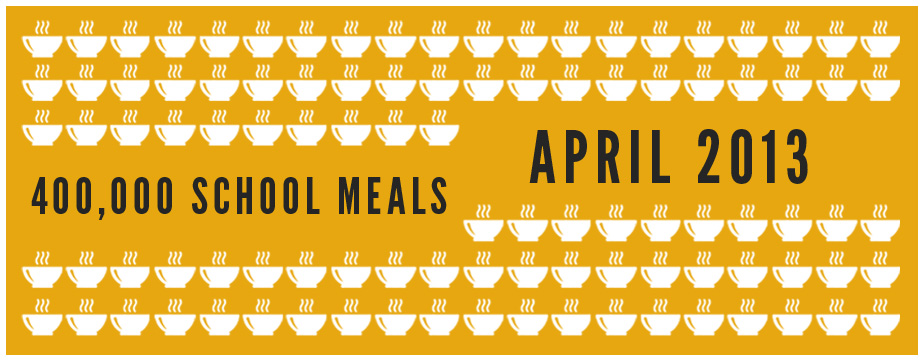
by admin | Feb 24, 2013 | Blogs |
As the first time Dad of a first grader, my responsibilities as a parent recently became more complicated. Before this school year, all I had to do on a daily basis was make sure my child stayed alive in my presence, but now I have added responsibility of making sure he not only eats elsewhere, he thrives in an educational system, so my mornings and afternoons consist of making sure his lunch is packed and his homework is done. While this parental challenge is no big deal to experienced parents, it’s been a significant learning experience on my end. But I’m not the only one who is learning through these daily challenges, my son has begun to take a keen interest in the contents of his lunch. Everyday he asks me how healthy his lunch is, and demands to know the nutrient content of each item: “How many nutrients do my carrots have Dad?”, “How much iron is in my sandwich?”, “Do pretzels have a lot of protein?”. I cannot express what a joy it is to see my child concern himself so seriously at such a young age about what he eats. With the joy of knowing I am providing my son with a healthy meal on a daily basis, comes the knowledge of knowing that millions of fathers are not given the same chance everyday. I think of all the parents who miss out on this simple joy by suffering from the burden of chronic hunger. They are faced with the terrible choice of not sending their children to school because the school cannot feed them daily,...

by andre | Jul 28, 2012 | Blogs |
Here is a diagram of some bad decisions for people being influenced by the system they perpetuate. If we ever hire a graphic designer and have money to waste (we won’t), we’ll have that person make an image of a merry-go-round-that we got moving too fast and we can’t jump off. Below are the links. 1. Elected politicians subsidize grain to lower costs http://goo.gl/n4YII 2. Farms subsidies incentivize overproduction of grain http://goo.gl/iZX2s 3. Cheap and overproduced grain is fed to livestock http://goo.gl/oQEx 4. Livestock becomes overproduced from inexpensive and overproduced grain http://goo.gl/LYiif 5. Overproduced livestock becomes cheap meat http://goo.gl/2IeQ1 6. Cheap meat is used to reduce the cost of portions http://goo.gl/S32fp 7. Reduced cost of portions increased sizes of portions http://goo.gl/dd1ta 8. People eat oversized portions http://goo.gl/K34PI 9. People become oversized from eating oversized portions http://goo.gl/PpXya 10. Oversized people less satisfied with smaller portions http://goo.gl/jMJE8 11. People demand cheaper and larger portions from restaurants http://goo.gl/sb3ER 12. People elect officials to make food cheaper http://goo.gl/BQwNO and http://goo.gl/KN5oR In our cycle of decision making concerning the food distribution system, the needs of those who are chronically hungry isn’t a factor for production. The decision for what food we produce does not factor in to it how many people in the world are starving or who is suffering from obesity for eating the food available. It is reasonable to think somewhere along the way, the major decisions about what food is going to be produced in this country should take into consideration those who are starving. We don’t need to do some altruistic rocket-science to know that our government...

by andre | Jul 25, 2012 | Blogs |
Dear Partner of 25 in Change, Thank you for being an essential part of a revolution fighting hunger and obesity in the world. Through your selfless contributions, we surpassed our goal of providing 187,500 school meals to hungry children through the UN World Food Programme. Thanks to you, thousands of children will now receive meals for an entire year! For 25 days, advocates emailed and approached me about how grateful they were for the partners who had believed in their ability to be advocates. As one of the advocates from this group, I can tell from my own experience that a deep sense of gratitude exists for each person who joined us in this fight to make sure that we, and thousands of children, didn’t go hungry. This letter has been sent to you by an advocate whom you’ve sponsored. We believe the people most capable of telling you about 25inChange are the ones you first supported who have been changed forever by it. All advocates have since changed their diets to be more healthy and sustainable, and, in a recent survey of advocates, they rated their experience of 25 in Change as one of the most impactful events of their lifetime. The advocates have sacrificed the most to make 25 in Change a success, and so they are most capable of ensuring that our organization remains completely transparent and accountable. Because of their strengths of character, we are comfortable putting our trust in them as they represent our organization’s needs to you. Like you, we believe in the people you supported and their ability to advocate for...
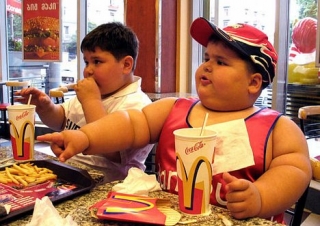
by andre | Jul 22, 2012 | Blogs |
Over the last few months I’ve talked about the link between fast food and obesity, chronic hunger and high food prices, and empathy and school meals. But over this next week, I’d like to start a new blog series: 7 Reasons why Fast Food causes starvation. Fast food—words which put together should sound like a high school dare, and not a $200 billion industry–is rapidly spreading across the globe. The average American spends $1 per day on it. It’s available in almost every democratic country. But readily available food, which seems to appear out of thin air; as if it was just waiting to please us, has a down side: it’s been shown to be a major cause of obesity around the world. Yeah, really. Apparently, science has recently shown that you can’t keep eating until you can’t eat anymore. I was just as shocked as anyone else to hear that the Double Cheeseburger with Bacon, a large fries, and a 32 oz soda, was not healthy for me. Apparently, even as far away as Saudi Arabia, scientists are now figuring out that a bucket of Fried Chicken washed down with a couple of 32oz milk shakes, covered in chocolate, and interspersed with more types of chocolate, are not part of a healthy balanced diet. Shocking, I know. Scientists were even capable of overcoming the difficulty of analyzing the effects of fast food in a country which doesn’t allow soccer moms to use the drive-through (It’s illegal for women to drive in that country, my guess is that men think they’ll leave the country; why else would women stay...













